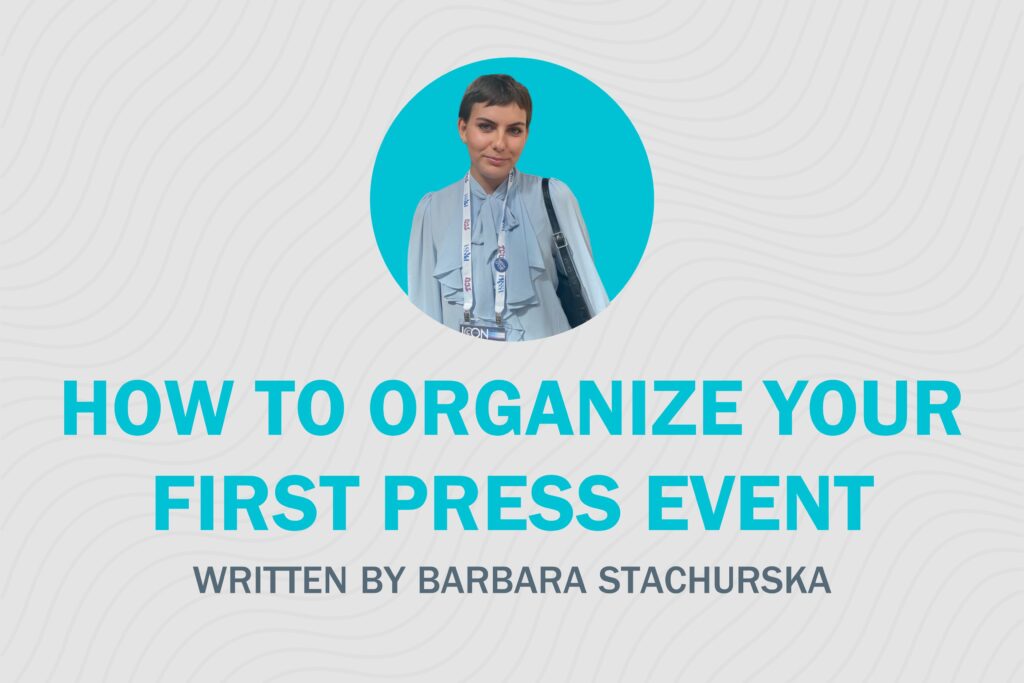How to Organize your First Press Event and not Freak Out

In December of 2021, my classmates and I organized our first press event: “Listen to Me! Stories of the Unnoticed” in partnership with St. Anthony Shrine — a Boston church and charitable organization run by Franciscan friars. We wanted to bring attention to underrepresented groups — such as people who are unhoused, struggling with mental health, and members of the LGBTQ+ community — and connect them with the people of downtown Boston. We collected anonymous stories and played them in the Boston Common to symbolize how the voices of those groups are often ignored and to encourage people to stop for a moment and truly listen to those narratives.
The project was a part of Emerson College’s media relations class, which focused on everything that connects media and public relations. We learned about the best practices for managing media relationships, how to plan and prepare people for different types of interviews, how to communicate during a crisis, and how to plan press events or media stunts.
With the guidance of our professor, Dr. Maria Scott, we did everything from brainstorming ideas to creating strategies, tactical writing pieces to social media content. We were finally able to bring it all to life on a winter afternoon in the Boston Common. What seemed impossible at first turned into a successful event with media coverage in The Boston Globe, The Berkeley Beacon, and more. Based on what I learned from this event, I gathered some tips to help you plan your first press event and not freak out.
- Take it one press release at a time.
Organizing press events might seem overwhelming, but the key is to break it down into smaller parts. We divided our class into different divisions: tactical writing, social media, and event planning. Each group made its own plans and set its own deadlines. To keep everything organized, we worked out of two master documents: a tactical outline that includes the description of the event and a minute-by-minute timeline stating everything that needs to be done in chronological order.
- Put yourself in your client’s shoes.
While working with a client, you will need a lot of information. However, your clients don’t always know what you need, especially if they don’t have experience in public relations. You are the expert here. Try to cater your questions to them, ask about specifics, and make everything as easy as possible.
For example, don’t ask how to format a press release if they don’t have a writing style guide. Send them a sample with two options of where to place a logo, ask which they prefer, and stick to that.
- If you think you’ve made enough follow-up calls, make another one.
When trying to get media coverage, you need to be more persistent than you think. Sending one press release or pitch unfortunately won’t do it. Take the time to follow up with each contact from the media list and confirm their attendance. This doesn’t mean making one phone call; call until someone picks up. It’s tedious, but it pays off!
Additionally, remember to have all of the details about the event ready when talking to the reporters.
- If there is something that needs to be done, do it now.
Everything in event planning moves pretty fast, especially as the event approaches. Some of the deadlines are very tight, and you need to do some things right away. My tip is to always be proactive; if you know there’s something that needs to be done, don’t put it off.
For example, if you’re on the tactical writing team and everyone needs to make follow-up phone calls tomorrow, they will probably need a script. If you’re not sure how to do it, write a draft and pass it on to other team members. You will have a great script in no time.
- Google Drive can be your friend or your enemy.
Google Drive can be a very helpful tool when organizing your group work, but it can also get confusing. With each folder added to the master drive, it gets more complicated, and it’s easy to get lost as to where each file is. You try to organize everything and suddenly end up with 10 folders named “drafts for review” or “for the client.” My tip is to organize the folders before you create any documents, and then make sure not to create duplicates or copies. Rather, move your files around within the already existing folders. It’s also good to go in the shared drive often to reorganize as needed.
Knowing how to plan press events is useful not only in your classes, but also at Student-run Firms or when working as a PR professional in the future. Now you have a glimpse of what to pay attention to, so the only thing left to do is get to work. Good luck!
Barbara (Basia) Stachurska is a junior at Emerson College studying public relations and minoring in psychology. Apart from her interest in communication, she loves graphic design and work in social media, and she aspires to incorporate those passions in her future career. Barbara joined PRSSA in 2021 to connect with other PR students and professionals, and now serves as the historian and social media chair at Emerson College’s PRSSA Chapter. You can connect with Barbara via LinkedIn.

